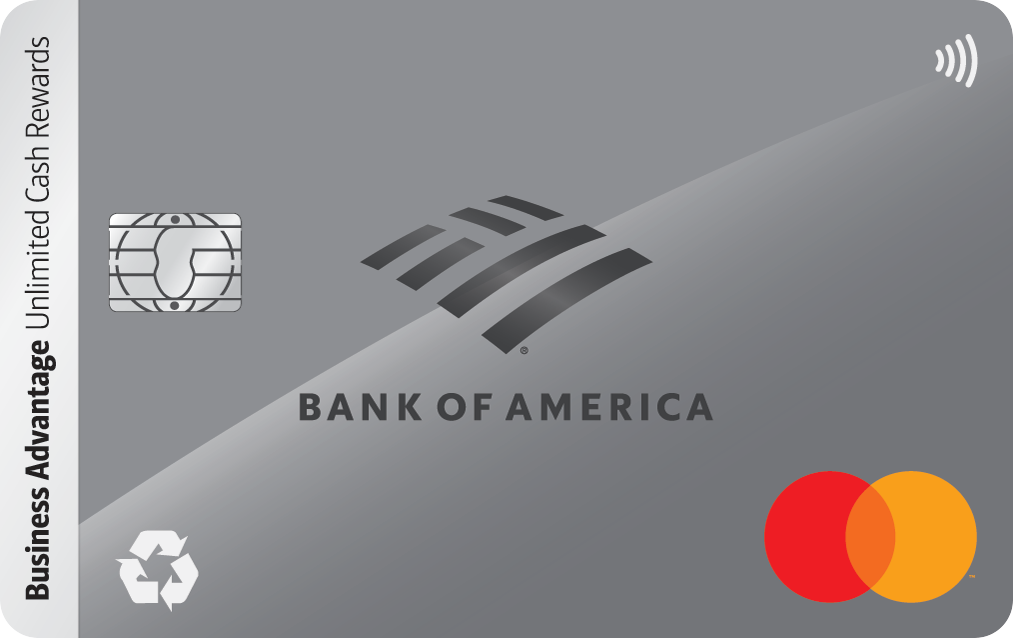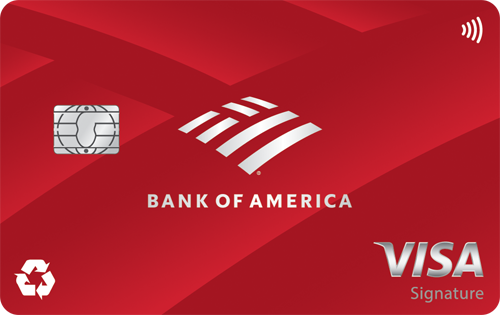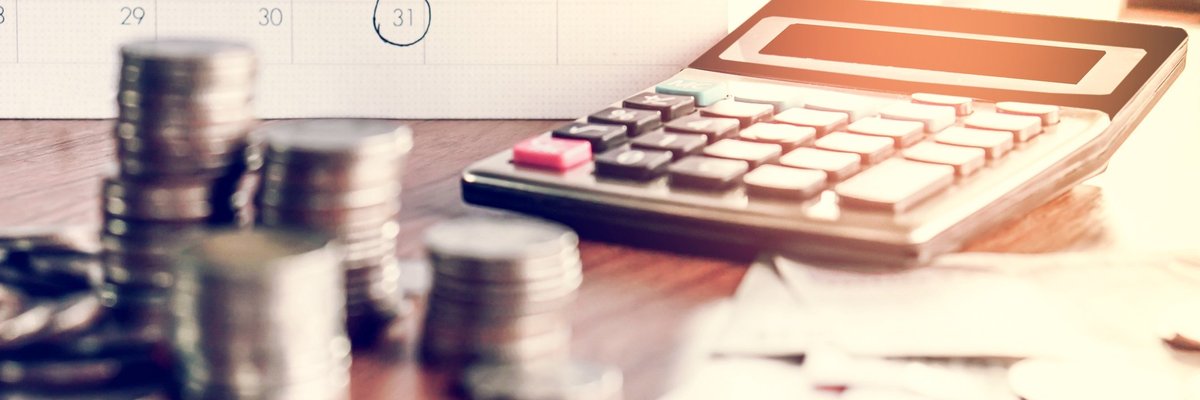Why You Should Never Get a Credit Card Advance
You need cash in a hurry, but you don't have the money in your bank account to cover it. Then you remember that your credit card allows you to take cash advances for a small fee. You breathe a sigh of relief and head over to the nearest ATM, not realizing that you're creating an even bigger problem for yourself.
A credit card cash advance is one of the most expensive ways to get extra money in a pinch. Not only can it cost you potentially hundreds of dollars in interest, but it can also lead to a vicious cycle of credit card debt that dings your credit score with each late or partial payment.
Here's a closer look at why you should stay away from credit card advances, as well as some better ways to get that extra cash.
The problem with cash advances
When you make a purchase with your credit card, you typically have a month to pay it off before it begins accruing interest. This isn't the case with cash advances. They begin accruing interest from day one, and the rates are often much higher than what you'd be charged for a credit card purchase. Purchase APRs usually fall somewhere between 10% and 20%, but it's not uncommon for cash advance APRs to be as high as 25%.
Then there are the cash advance fees to consider. Most companies charge between 2% and 5% of the cash advance amount, and some may have a minimum payment of $5 or $10 as well. This means you could end up paying an even higher percentage in fees if you're only borrowing a small amount. For example, 5% of $50 is $2.50, but if your card has a $10 minimum, you're now paying a 20% cash advance fee.
To put this all in perspective, consider a $1,000 cash advance. Let's assume there's a 25% APR and a 3% cash advance fee. So you'll immediately be charged an extra $30 for the privilege of receiving a cash advance. Then you'll begin accruing interest on that $1,000. If it takes you a year to pay it back, that means you'll end up paying an extra $250, which comes out to about $0.68 in interest per day. So in the end, that "convenient" cash advance cost you an extra $280.
Oh, and if you were hoping you'd at least get some credit card rewards for the cash advance, think again. You won't earn any rewards points, and if you fall behind on your payments, your card issuer will report this to the credit bureaus, which can lower your credit score.
Cash advance alternatives
If you need money in a hurry, there are better ways to get it than a cash advance. Here are a few suggestions.
If you only need a small amount, see if a family member or friend will lend it to you. Often, they won't charge you any interest at all, so this is a much more cost-effective solution than a cash advance. You should only do this if you're sure you can pay the loan back, though. It's a good idea to draw up the loan agreement in writing so that both of you can refer back to it if need be.
Another option is to see if your employer allows salary advances. Not all employers do, but this is one of your best bets for quick cash if it's available to you. Salary advances are your own money, so there are no lenders involved and no interest to pay back. But you should remember that your next paycheck will be smaller than usual.
You can also consider opting for a more traditional loan from a bank. If your credit is good, you'll probably find the rates to be more affordable than a credit card cash advance, and they could be as low as 5%. If you don't qualify for a personal loan from a bank, look into peer-to-peer lending instead. The credit requirements are usually less stringent, so it's easier to get approved. However, the interest rates are higher and can reach up to 30%, so this option may not end up being much more affordable than a cash advance.
Borrowing from your 401(k) or Roth IRA is also a possibility, though you should only do this as a last resort. For one, when you take money out of your retirement accounts, you're losing out on the opportunity to earn interest on that money. For another, you could end up paying more in taxes and fees. You must pay back any money taken from your IRA within 60 days or pay a 10% early-withdrawal penalty if you're under age 59 1/2. You have five years to pay back a 401(k) loan, but you'll also have to pay a low interest rate (typically around 4% or 5%). The good news is that the interest goes toward your retirement savings, not a creditor's pocket.
When you do the math, it's clear credit card cash advances just aren't a smart move. If you find yourself in a pinch, be sure to evaluate all of your options. Chances are, you'll find a more affordable solution that doesn't put you at risk of taking on expensive, high-interest debt.
If you'd like to go the route of a loan, we've reviewed todays best personal loans. See if one is right for you.
Our Research Expert




